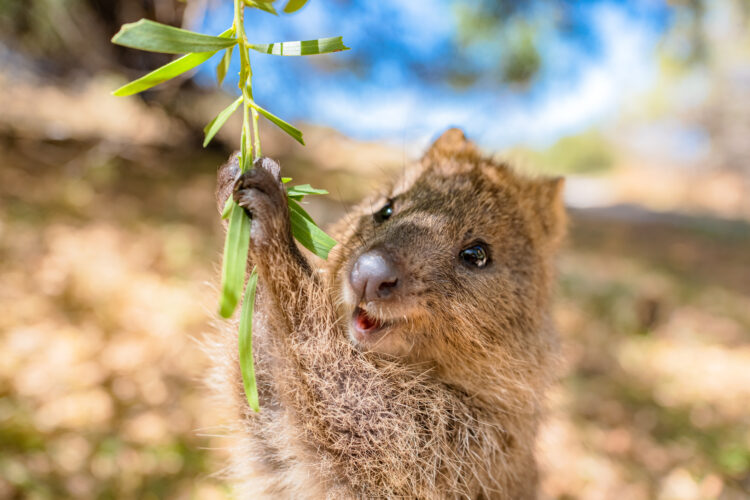
When we think of wildlife, we often imagine majestic predators or elusive creatures of the wild. However, not all wild animals are distant or fearsome. In fact, many animal species are friendly and approachable. Here are 20 of the most friendly wild animals in the world.
Dolphins
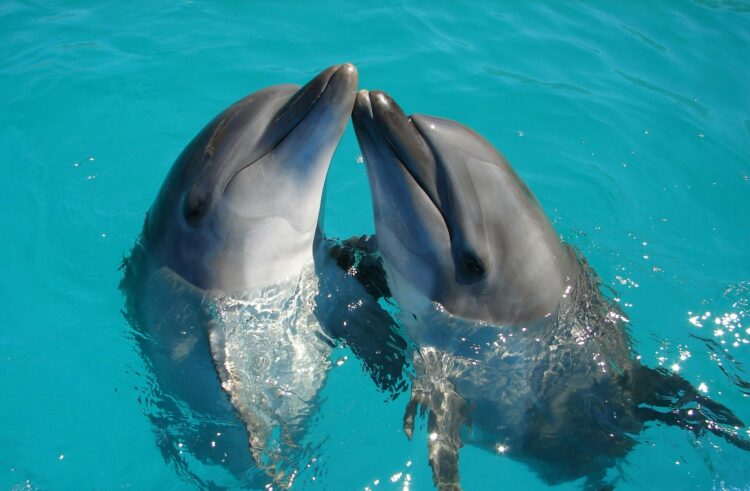
Dolphins are famous for their highly developed intelligence, friendly communication, and mischievous pranks on people. They almost always swim in groups, and their community is usually called the pod. Dolphins can often be seen jumping out of the water, riding waves and boats, playing and making friends with people. Dolphins are examples of empathy, cooperation, and even self-sacrifice and altruism.
Manatees
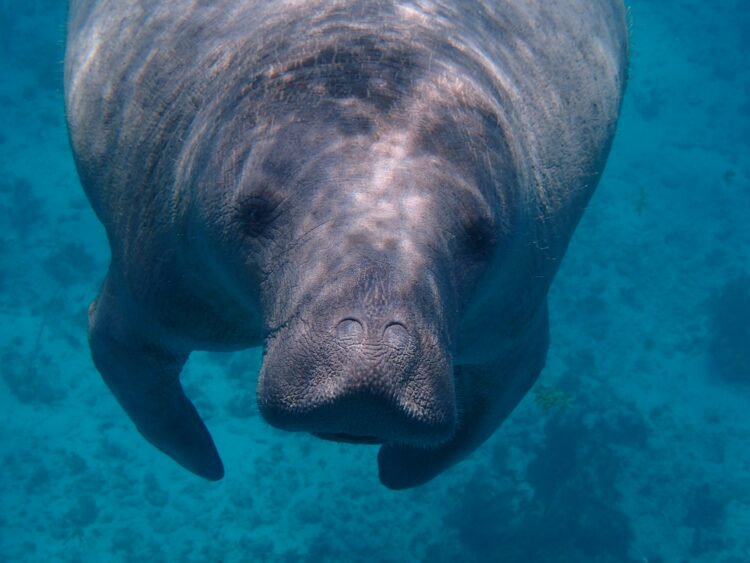
Manatees, or gentle giants, are slow-moving marine mammals famous for their friendly behavior. Due to the fact they mainly eat seagrasses and various aquatic vegetation, they are often called “sea cows.” Moreover, manatees are curious animals and generally swim up to people in the water. There have been many friendly meetings with manatees experienced by divers.
Capuchin Monkeys

Small, yet highly intelligent primates, Capuchin monkeys are found in the rainforests of Central and South America. They have advanced detective skills, often using rocks to crush nuts or even cars. Capuchins communicate through vocalizing, horned eyelids, and physical movement. Generally, capuchin is inquisitive and comfortable about humans.
Elephants

Elephants are one of the largest animals. They are emotionally diverse creatures that display empathy, sympathy and grieve their dead properly. Some humans and cultures have learned to live peacefully with elephants in many situations. They have a host of uses for their trunks, ranging from feeding to social contact.
Giraffes
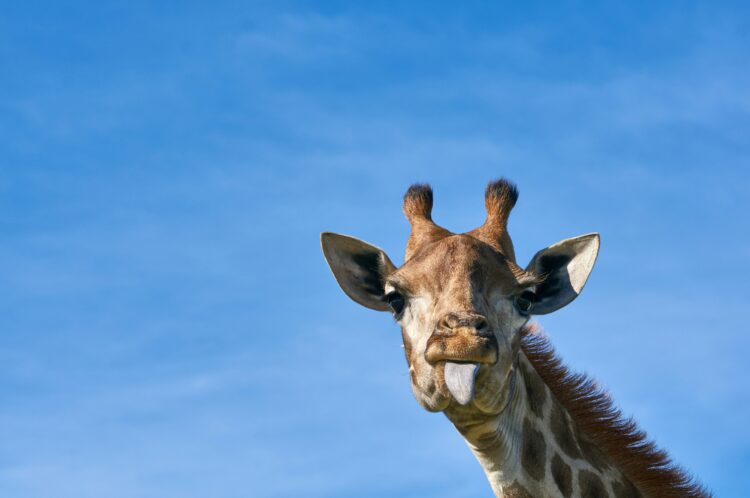
Giraffes are social creatures inhabiting loose, open groups and are mostly non-threatening to humans. It is one of the reasons why they are so well-liked by wildlife enthusiasts due to their rare contrast looks and yet calm disposition. A giraffe’s voice is generally ultrasonic. However, they do create some sounds that are detectable by the human ear.
Sea Lions

Sea lions are sea animals known for their playful nature and ability to move quickly in water. They are known to do acrobatics, twists and leaps, and they are also very vocal. Sea lions can come close to swimmers and divers in places where they are used to humans and exhibit curiosity and some playfulness.
Beluga Whales
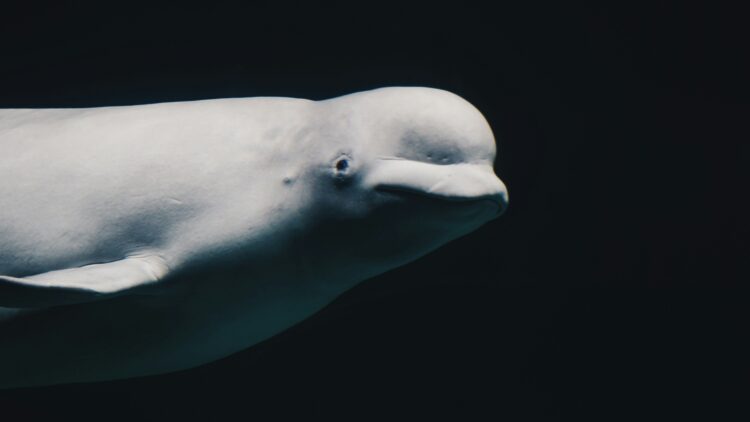
Beluga whales are distinct in their white color and rounded foreheads. They are sociable animals that reside in groups known as pods and communicate via a wide range of vocalization, primarily clicks, whistles, and clangs. Belugas are curious animals in the wild, they come close to boats and people, frequently exhibiting exuberant behavior.
Manta Rays

Manta rays are the largest rays in most oceans, measuring up to 23 feet. However, they are gentle and graceful animals renowned for their silent movements. Manta rays feed by swimming with open mouths, allowing them to collect plankton, small fish, and crustaceans. Mantas are also recognized for their acrobatic stunts jumping from the water.
Sloths

Sloths are known for their slow-paced lifestyle, which is an adaptation to conserve energy due to their low-calorie diet of leaves. There are two types of sloths, two-toed and three-toed, with slight differences in their appearance and behavior. Sloths have a unique feature of having a symbiotic relationship with algae that grows on their fur, giving them a greenish tint that helps camouflage them in the trees.
Quokkas
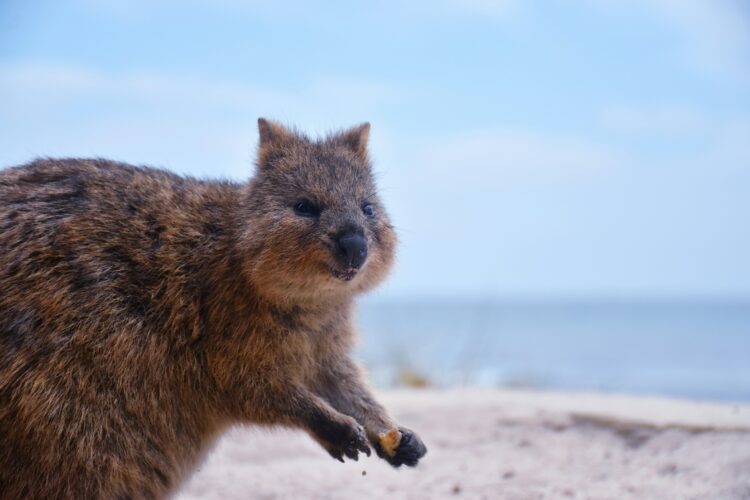
Quokkas are small, nocturnal marsupials that are frequently dubbed to be the “happiest animal on the Earth”. These little cute ones are small and bulky, with a fat, round face, and tiny ears. Quokkas get all their valued nutrients from leaves, grasses, small shrubs, and so on. They are not fearful of humans and regularly walk up to them.
Parrots

Parrots are known for their bright plumage, intelligence, and ability to mimic sounds, including human speech. They are social birds and can be quite friendly towards humans, especially in regions where they are used to human presence. Parrots have a varied diet, including seeds, nuts, fruits, and nectar.
Bottlenose Dolphins

The bottlenose dolphin is the most common and studied of all dolphins. They have a typical convoluted torso, a massive dorsal fin, and a bulge from a short beak. A bottlenose dolphin communicates by sound signals when sailing in a group. They communicate with clicks and whistling sounds.
Kangaroos
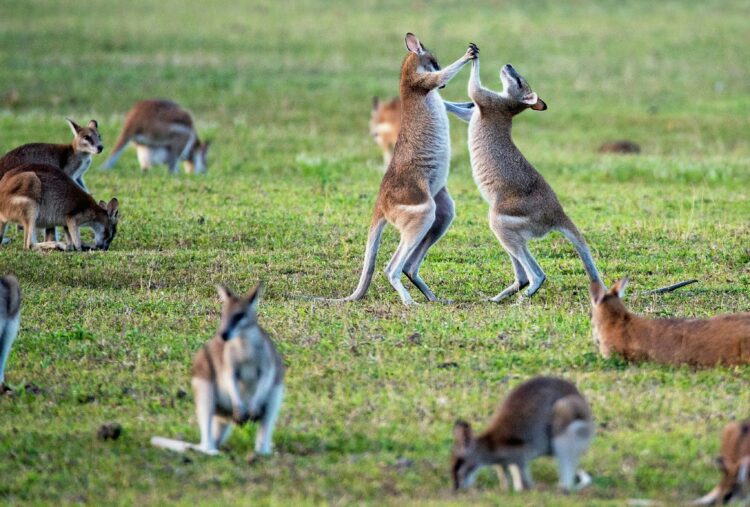
Kangaroos are marsupials from Australia, well known for their solid back legs. When Kangaroos live in an area with humans, they may approach people from time to time and may move around in groups or communities, known as mobs. They are also quite responsive to humans. However, they may also sometimes attack people.
Llamas
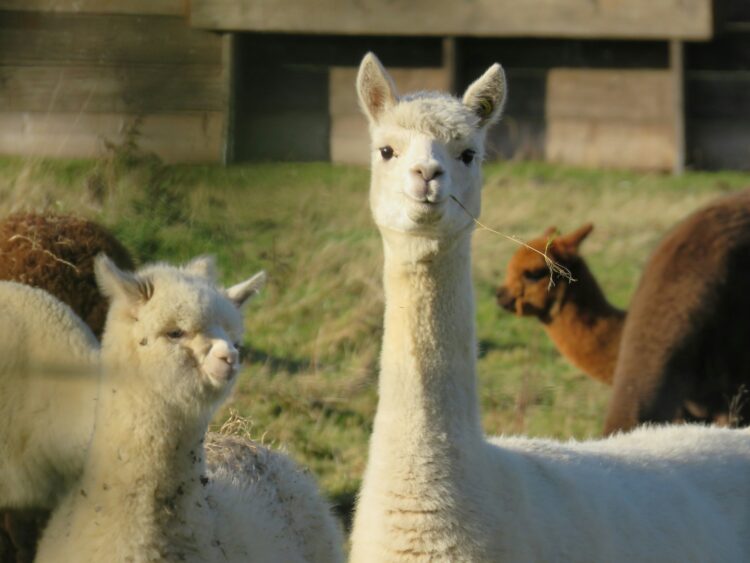
Llamas, having long necks, big ears, and wooly fleece, are used in the Andes to carry baggage on their backs and for their wool. These animals are very friendly and easy-natured, that is why they are often used in therapy programs to help people get rid of stress and other types of frustration. In nature they live in herds which follow a top-down hierarchical structure.
Deer
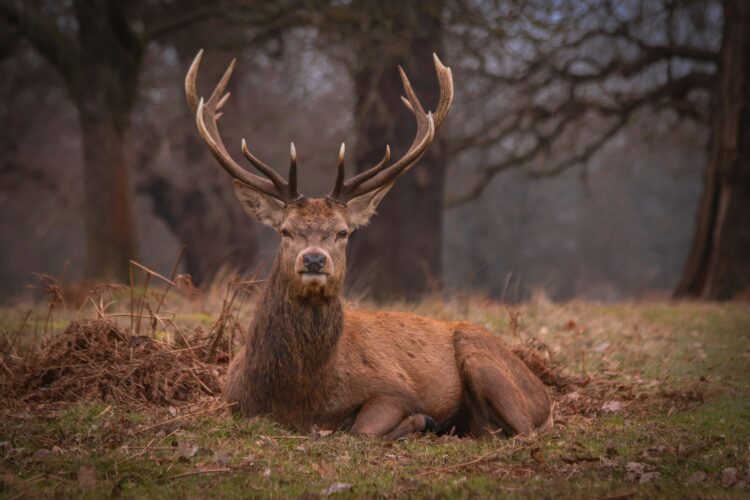
Deer are herbivorous animals with the most unusual antlers. They are grown by males and are usually used in attracting females and while fighting with a rival for a female. Adult deer feed on a variety of vegetation from leaves, grass stalks, and fruits of woody and shrub plants. They can be found in both forests and dry grassy plains and are very adaptable animals.
Penguins
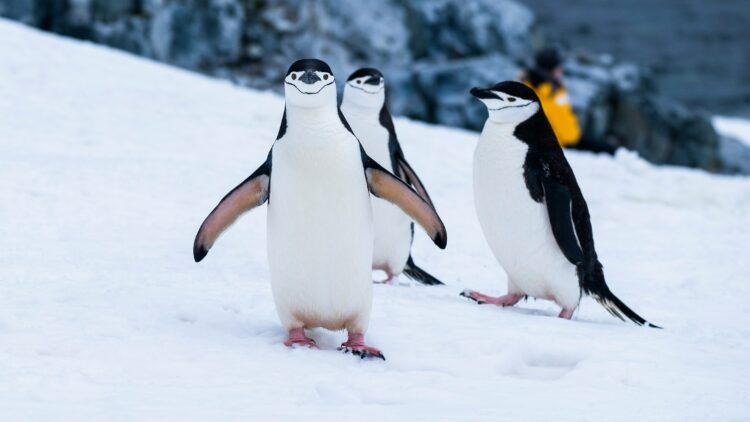
Penguins have a streamlined body to swim, flippers and fat to protect and be warm in cold waters. Penguins are sociable and tend to live in large colonies. They have a variety of communication and interactive techniques that include different vocalizations and body language. Also, penguins eat fish and squid, and can stay in water for many hours.
Rabbits
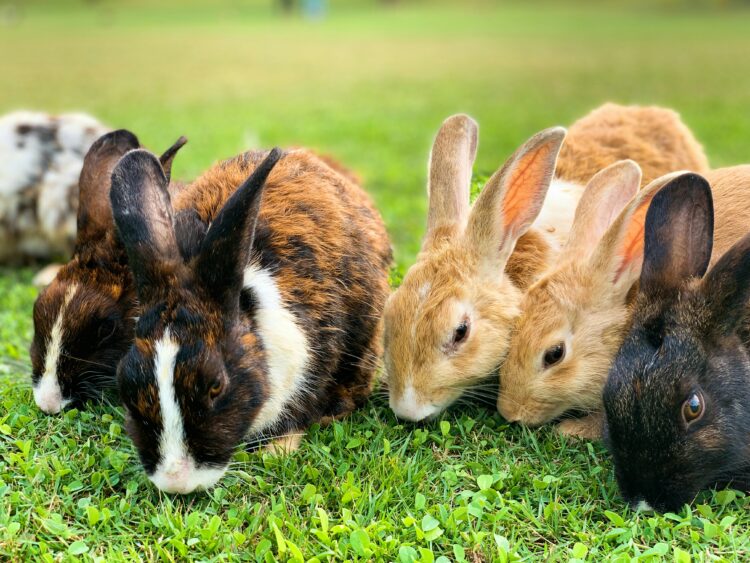
Wild rabbits are known for their long ears, short tails, and strong hind legs for hopping. They are herbivores, feeding on a variety of grasses, leaves, and flowers. Rabbits are social animals and live in groups called warrens, which are networks of burrows. Despite being hunted by many predators, rabbits have a high birth rate, which helps them to sustain their population.
Seals

Seals are marine mammals that are adapted to life in the water. They have a unique playful nature and are quite friendly with humans. Seals are carnivores, feeding on fish, squid, and crustaceans. They are known for their playful behavior, and they are often seen sunbathing on beaches or rocks.
Butterflies
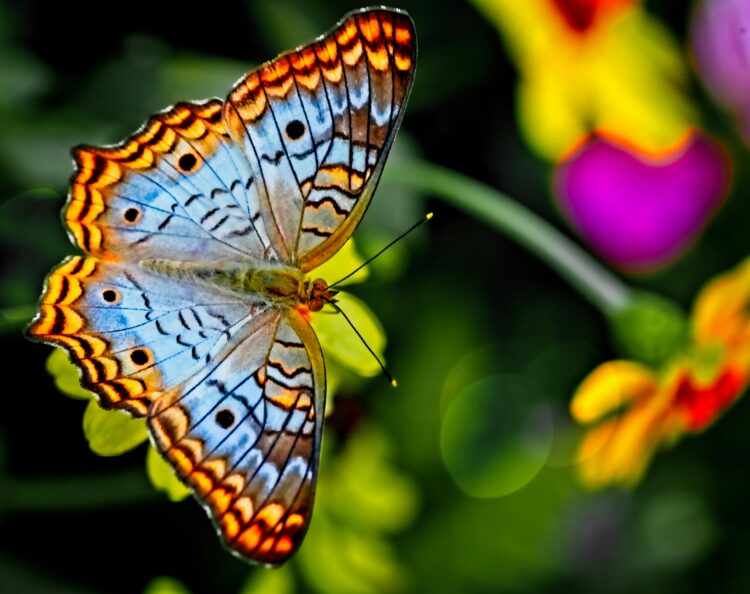
Although you would not call butterflies truly wild, they are insects living in the wild. Butterflies, just like bees, are important pollinators. The structure of the butterfly’s mouth, which is long and coiled, allows them to feed on the nectar. The life cycle of a butterfly is as such egg, larva, pupa, and imago.
Bighorn Sheep
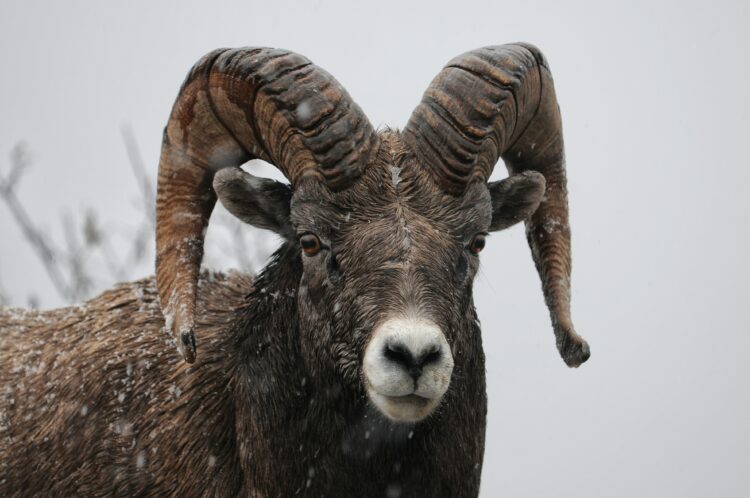
Bighorn sheep are huge, wild sheep that are known for their massive, curved horns. They are herbivores, grazing on grasses, shrubs, and other vegetation. Even though they are so massive in size, they are quite agile and can climb steep terrain. They generally live in herds, with a dominance hierarchy among males, especially during the mating season.

Comments
Loading…